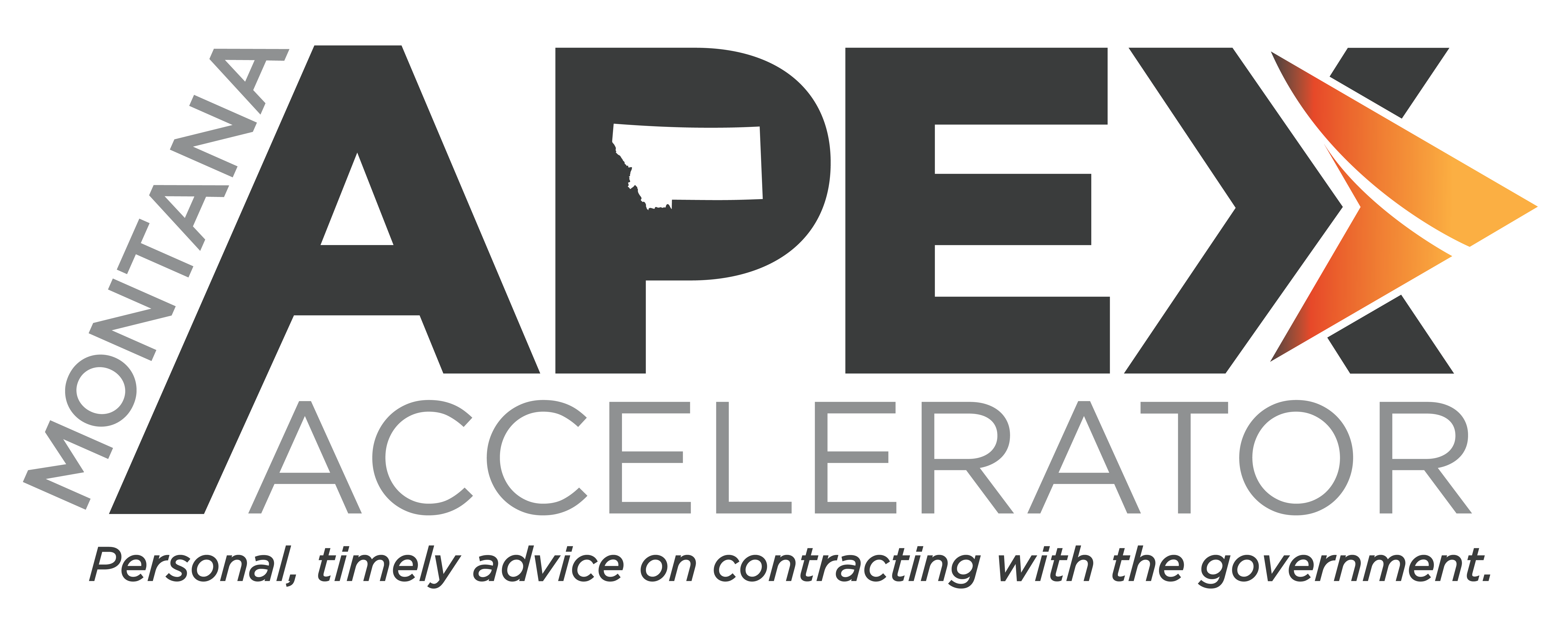
Your company may perform many commercial contracts that involve collaborating or subcontracting with another company. However, for your government contracts, the rules may be different. Once you enter the government marketplace, getting the job done may take some new strategies.
What is subcontracting?
When we hear the term “subcontract” or “subcontractor,” most of us think of a human resource or a business-to-business relationship. If you are a prime contractor or a subcontractor for a federal contract, it is important to understand the definitions of these terms. “Subcontract” means any contract, entered into by a subcontractor to furnish supplies or services for performance of the prime contract or a subcontract. It includes, but is not limited to, purchase orders, and changes and modifications to purchase orders. “Subcontractor” means any supplier, distributor, vendor, or firm that furnishes supplies or services to, or for, a prime contractor or another subcontractor.
A subcontract is an agreement by which one agrees to render services or to provide materials necessary for the performance of another contract. Subcontracting involves multiple levels of relationships in performance of a contractual scope of work. However, the direct legal relation between two parties is limited to the adjacent levels only—meaning there is never any legal relationship between the customer and the contractor’s subcontractors.
The ultimate end user is typically referred to as the “customer,” usually the government agency. The agreement between that customer and its contractor is known as the “prime contract,” prime meaning first tier in a series of cascading relationships. When the prime contractor engages a third party for a portion of the prime contract scope of work, that third party agreement is known as a “subcontract.”
With any business proposition, relationships are key, whether you are a prime contractor or a subcontractor. Do work up front to develop relationships with reputable companies that you trust. Although it is not required by federal acquisition regulation, it is a good idea for potential subcontractors to be registered in the System for Award Management (SAM). You can do a quick search in SAM to ensure the companies you plan to work with are not on the Excluded Parties List, which displays individuals or businesses that the government has identified as debarred, proposed for debarment, or suspended.
The Prime Contract
- Contains clauses that incorporate federal requirements which may be imposed onto the subcontractor. These are called flow-down clauses.
- Prime agreements are with the government customer.
- The prime contractor has full responsibility for the successful performance of the government’s requirements (or contract).
- Prime contractors may have reporting requirements depending on the size and scope of the project.
The Subcontract
- A legal agreement between two businesses
- The government is not a party
- Governed by the Uniform Commercial Code
The Agreement
When it comes to subcontracts for government work, don’t dust off your commercial purchase order or standard agreements and call it good. Government rules for small business can include limits on the portion of the work that may be subcontracted. It is important for contract compliance and performance that you consider to whom, and how much, you subcontract. Having a clear and concise agreement is essential. Think of the agreement as a roadmap to your relationship—not just a listing of regulations and clauses. Primary items to consider in developing your agreement are:
- Statement of work
- Pay when paid
- Confidential information
- Start and end dates
- Dispute resolution plan
As the prime contractor, you are responsible for ensuring that your sub agreements clearly communicate the government’s requirement and rules. Flow-down clauses need to be clearly stated. Some devices you may want to include are:
- Insert “incorporation by reference” provision
- Provide specific rules to clarify for your subcontractor
- Call out “hot-button” clauses (such as those dealing with wages, benefits or ethics)
- Create a checklist of flow-down clauses
There is value for both you and your subcontractors to work with a lawyer to develop strong and flexible agreements that can be customized to your specific government work.
Limitations on Subcontracting—New Rules Ahead
The current law defines limits on subcontracting based on work performed. For example, for services (except construction), at least 50 percent of the cost of contract performance incurred for personnel shall be expended for employees of the concern. For construction contracts, the limits range between 15 to 25 percent of the labor costs—depending on the scope of the project. It is important to note that this law is in the process of being amended and the final rule should be published later this fall.
Other Tips and Tidbits
Federal Funding Accountability and Transparency Act (FFATA) Reporting. If your federal project meets certain thresholds, you may be required to report subcontract awards. Prime contractors awarded a federal contract or task order must file a FFATA sub-award report by the end of the month following the month in which the prime contractor awards any sub-contract greater than $30,000.
Ask the tough questions. Ask your subcontractor to confirm they have no conflicts, have the financial capacity for performance and that they understand the contract rules and will comply.
Invest time for a thoughtful process. Take time to lay the groundwork and foster relationships. Careful due diligence will pay off in positive performance outcomes.
